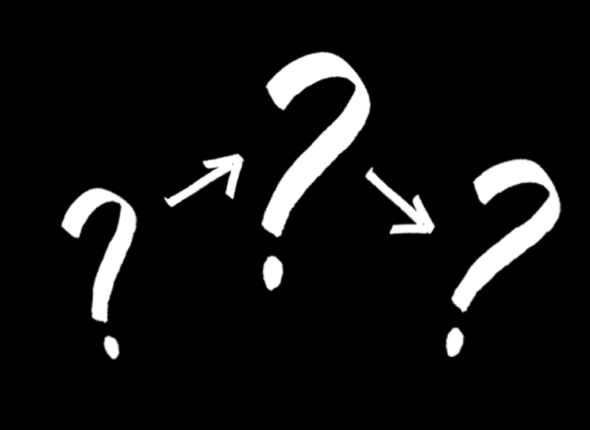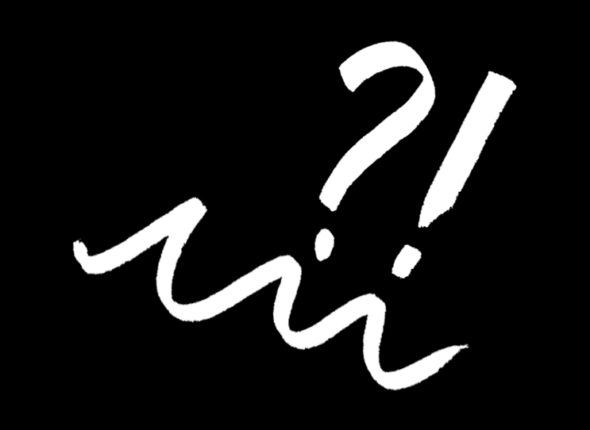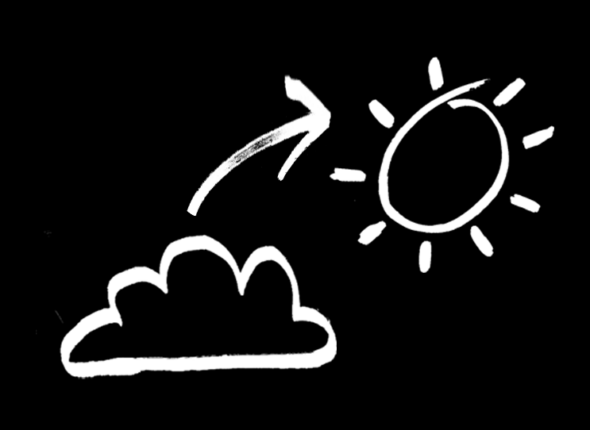-
-
-
-
-
A stakeholder map is a graphical (visual) representation that helps clearly define the position of various stakeholders. This method focuses on the needs, expectations, and perspectives of different stakeholders associated with a given problem, their mutual relationships, or a project. Its goal is effective communication with all relevant stakeholders.
Stakeholder analysis involves three steps:
- Identification - Identifying the stakeholders and defining their roles.
- Assessment - Determining the influence and interest of each stakeholder in the project to clarify who to focus on.
- Understanding - Finally, understanding the key stakeholders to anticipate their reactions and gain their support.
Implementation Steps of the Method
- Defining Stakeholders: The first step is to identify all stakeholders.
- Creating a List of All Stakeholders: In this part, you need to determine the individual participants, identifying important findings for each, such as their roles, activities, needs, interests, etc.
- Creating a Stakeholder Map: In this step, it's essential to create a specific stakeholder map. Start by marking the stakeholders on the map and then focus on depicting the relationships between them. It is also important to rank each participant according to their influence on the design process, placing the most influential ones in the centre of the map and the less influential ones further away.
- Determining Relationships: In this part, connections between participants are created. You need to characterise how they communicate, who has stronger positions, whether they have something in common, and also highlight any potential problems or opportunities for collaboration.
- Creating a Strategy: This part involves engaging each participant in the further phases of the design process, for example, through regular feedback, testing, and prototyping.
- Verification: The map allows you to check the effectiveness of involving all stakeholders in the design process.
Possible uses
- Development of a new product
- Implementing a new workflow or process in an organisation
- Project management
You can download template here: STAKEHOLDER MAP
A stakeholder map is a graphical (visual) representation that helps clearly define the position of various stakeholders. This method focuses on the needs, expectations, and perspectives of different stakeholders associated with a given problem, their mutual relationships, or a project. Its goal is effective communication with all relevant stakeholders.
Stakeholder analysis involves three steps:
- Identification - Identifying the stakeholders and defining their roles.
- Assessment - Determining the influence and interest of each stakeholder in the project to clarify who to focus on.
- Understanding - Finally, understanding the key stakeholders to anticipate their reactions and gain their support.
Implementation Steps of the Method
- Defining Stakeholders: The first step is to identify all stakeholders.
- Creating a List of All Stakeholders: In this part, you need to determine the individual participants, identifying important findings for each, such as their roles, activities, needs, interests, etc.
- Creating a Stakeholder Map: In this step, it's essential to create a specific stakeholder map. Start by marking the stakeholders on the map and then focus on depicting the relationships between them. It is also important to rank each participant according to their influence on the design process, placing the most influential ones in the centre of the map and the less influential ones further away.
- Determining Relationships: In this part, connections between participants are created. You need to characterise how they communicate, who has stronger positions, whether they have something in common, and also highlight any potential problems or opportunities for collaboration.
- Creating a Strategy: This part involves engaging each participant in the further phases of the design process, for example, through regular feedback, testing, and prototyping.
- Verification: The map allows you to check the effectiveness of involving all stakeholders in the design process.
Possible uses
- Development of a new product
- Implementing a new workflow or process in an organisation
- Project management
You can download template here: STAKEHOLDER MAP








